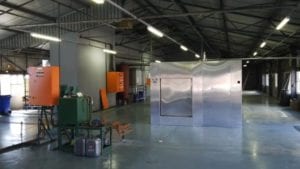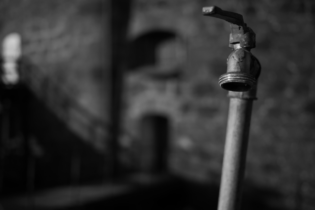by Sherwin Naicker, director, Cecor Allied Technologies
On 3 June 2013, Cecor Allied Technologies became the first commercial autoclave treatment facility to process non-anatomical health care risk waste (HCRW) in Gauteng.
This type of autoclave technology, instituted by Cecor, is the first in South Africa. The technology uses vacuum and drying stages that enhance the sterilization efficiency of the autoclave.
With the global move of companies to more environmentally friendly technology, there is no reason why the treatment of medical waste should not follow suit. All technologies have advantages and disadvantages, but non-burn technology has the competitive and environmental advantage and is the way of the future.
With this in mind, Cecor Allied Technologies decided to implement this technology for the processing of HCRW due to the low carbon footprint compared to incineration. The environmental advantages for an autoclave are:
- low electricity consumption
- no combustion gases produced
- no problems of incomplete combustion
- no fly ash produced
- reduction in mass of sterilized medical waste.
South Africans do not always have the motivation to implement environmentally responsible practices as the perception is “What difference will my small effort make?” This can be the attitude in the work environment, where, although people recycle at home, the same dedication is not carried through. The irony is that if people only change 10% of their lifestyle towards being more environmentally friendly and influence five people, this would have a massive compounding effect on reducing global warming. People feel that they must do a 360-degree environmental change to have an impact. This is definitely not the case and with this mindset people do not bother to implement the small changes that can make the big difference.
Cecor Allied Technologies decided to choose the right technology from inception to contribute to the preservation of the environment and has more projects in the pipeline to reduce the carbon footprint further e.g. phasing out boxes and replacing them with reusable containers. This also has advantages from an occupational health and safety perspective.
Most incinerators in South Africa date back to the 1980s and 1990s, some even older, and their technologies have not kept up with current international technology, including environmental requirements. They are being gradually closed down, but ultimately they are being kept operating by clients who have the attitude described above, and do not care about the environmental practices of the business, as long as it is licensed. Unfortunately, the environmental impacts are not considered when this decision is made. South Africa is the biggest polluter on the continent, and with coal-fired power stations still being built and old ones operating for the foreseeable future, South Africans have a harder task to ensure that sound environmental decisions are made to counter existing dubious decisions by industry.
Most citizens in the HCRW industry have never visited their disposal contractor, nor do they know how their waste is processed and where the residue is finally disposed. The well-known steps to make an environmental impact are to avoid, reduce, reuse and recycle. Visit the HCRW disposal facility in your province and decide what impact you are imposing on the environment.








